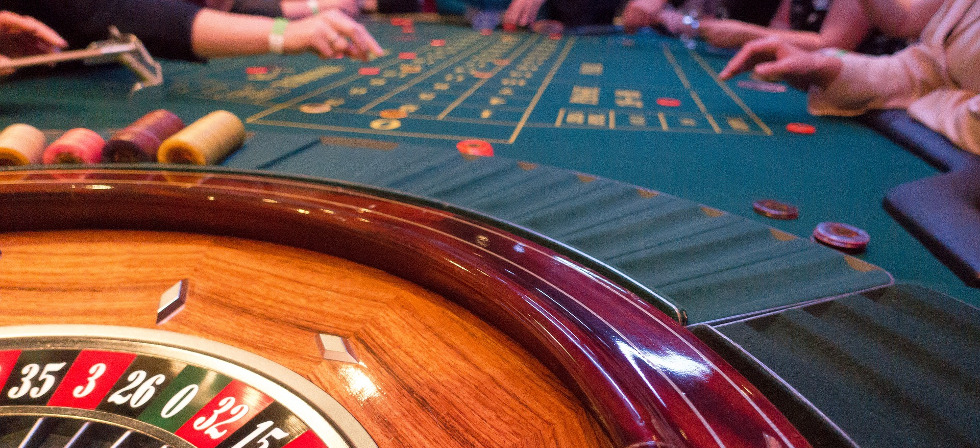Gambling games have long captivated the human imagination, drawing players into a realm filled with luck, strategy, and the allure of adventure. Each game is meticulously crafted not just for entertainment, but also to inspire targeted emotional responses that keep participants immersed and interested. Understanding the drives behind these designs reveals much about how human psychology plays a key role in the gaming experience.
From the bright lights and vibrant sounds to the intricate layering of systems and incentives, casino games are designed to create an atmosphere of anticipation and anticipation. Game designers leverage psychological principles to influence participant behavior, whether through the use of jackpots, near-miss scenarios, or community engagement. By examining these factors, we can better appreciate how casino games fulfill not just a want for entertainment, but underlying psychological needs for excitement and hazard.
Grasping Player Behavior
Casino games are crafted with a thorough understanding of gamer psychology, which is crucial for attracting and retaining players. The excitement of the game, coupled with the hope of winning, produces a strong allure. Game designers employ elements like sonic elements, vibrant graphics, and immersive gameplay to capture attention and elicit emotional responses. These sensory experiences enhance the total environment, making players feel more involved in the game.
Another important aspect of player behavior is the concept of risk/reward dynamics. Casino games often balance high-risk scenarios with the potential for considerable rewards, which can result in the phenomenon known as near-miss phenomenon. When players come near to winning, the brain secretes dopamine, reinforcing their behavior and prompting them to persist playing in search of that hard-to-reach win. This cycle of anticipation and letdown plays a critical role in how games are structured and advertised.
Lastly, social elements also play a central role in player behavior at casinos. Many games are crafted to be played in pairs or in company with other players, nurturing a sense of togetherness and shared experience. The social interaction inherent in games like poker enhances enjoyment and can culminate in prolonged gaming periods. Designers take advantage on this by crafting environments that encourage players to linger, socialize, and revisit, making the overall casino experience more attractive.
The Role of Imagery and Sound
Imagery and audio play a significant role in improving the gambler’s experience within casino games. Designers utilize bold colors, eye-catching graphics, and engaging animations to grab players’ attention and maintain their interest. The use of themes, such as exploration or opulence, helps create an enthralling atmosphere that takes players into another world. By appealing to the senses, these elements add to a heightened emotional response, prompting players to engage more profoundly with the games.
Audio design is equally important in reinforcing the experience of casino games. The mix of ambient music, sound effects for successful combinations, and environmental noises creates an auditory landscape that holds players enthralled. Audio cues associated with victories, such as ringing bells or festive music, evoke feelings of excitement and satisfaction, encouraging players to continue playing. These audio cues are carefully placed to amplify the excitement of the game and create a more immersive experience.
Moreover, the alignment of imagery and audio is essential for reinforcing the game’s overall concept and mood. Each element should coordinate seamlessly to create a unified experience that draws players in. The effective use of this integration not only improves user enjoyment but also boosts the chances of return play, as players become more engaged in the captivating world that the gambling games offer. This thoughtful combination of imagery and audio ultimately enhances player engagement and loyalty.
Reward Systems and Participation
The development of casino experiences greatly relies on reward structures to keep participants involved and coming back for more. These structures are rooted in behavioral principles that take advantage of human behavior and motivation. Players are often driven by the thrill of winning, which is reinforced by immediate feedback through the game’s design. This prompt satisfaction not just enhances the gaming experience but also cultivates a sense of achievement, prompting players to keep participating in hopes of bigger gains.
Casinos implement various reward structures, including large payouts, bonuses, and multipliers, to captivate players. These features create a layer of excitement that sustains interest. Additionally, the unpredictability of outcomes plays a significant role in sustaining interest. The variable reward system, where wins are unpredictable but happen often enough, keeps players on edge and driven to keep playing. This loop of anticipation and anticipation is essential to the effectiveness of casino games.
Moreover, social elements, such as competitive events and collaborative options, boost the engagement factor by tapping into the desire to compete of participants. The communal aspect of gaming with fellow participants can amplify the thrill of winning and create a community atmosphere within the casino. By combining these social dynamics with effective incentive structures, casino games not only offer entertainment but also nurture a stronger bond among players, solidifying their commitment to the gaming experience. Jun88
